





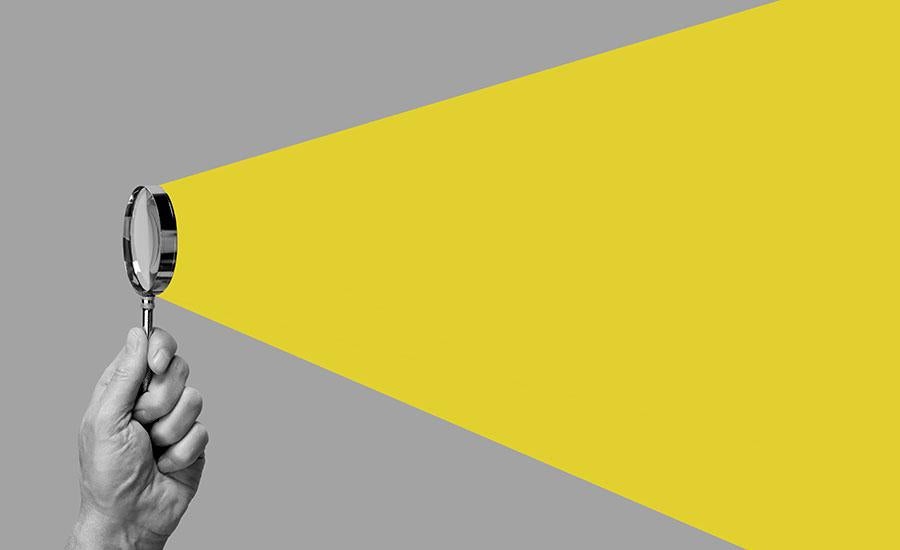
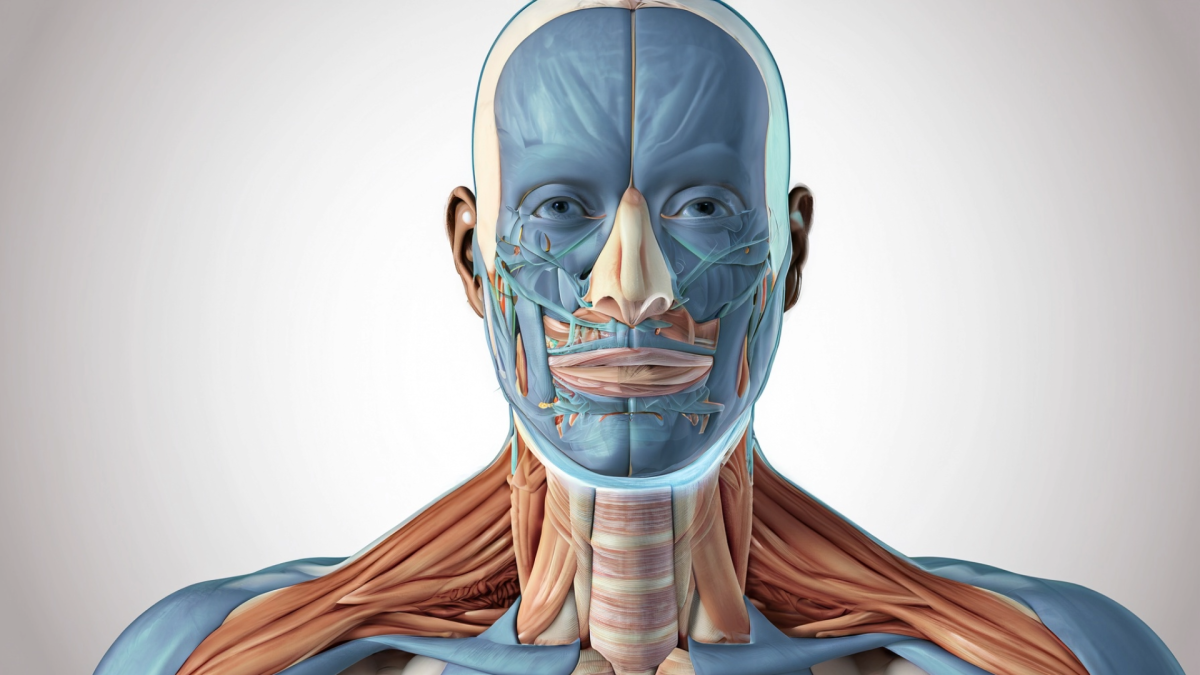
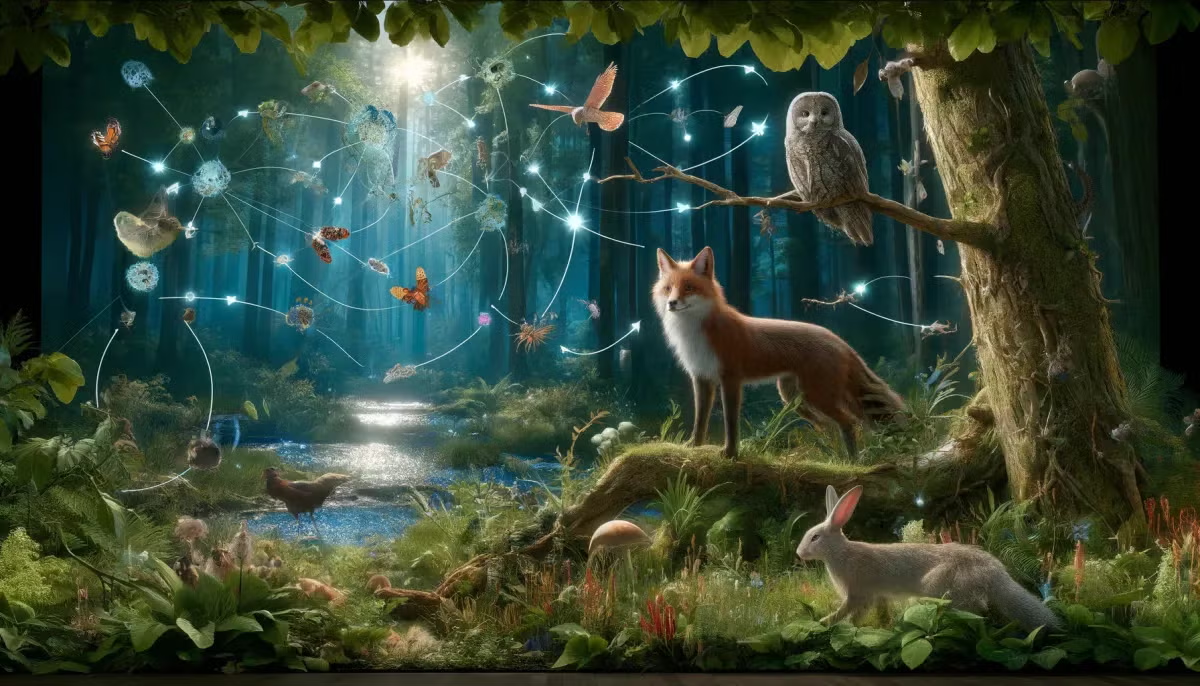

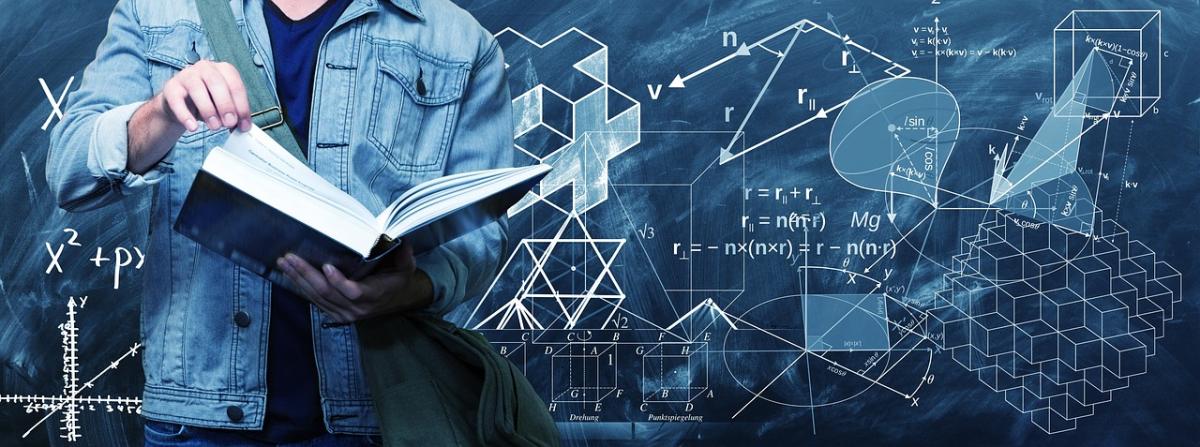
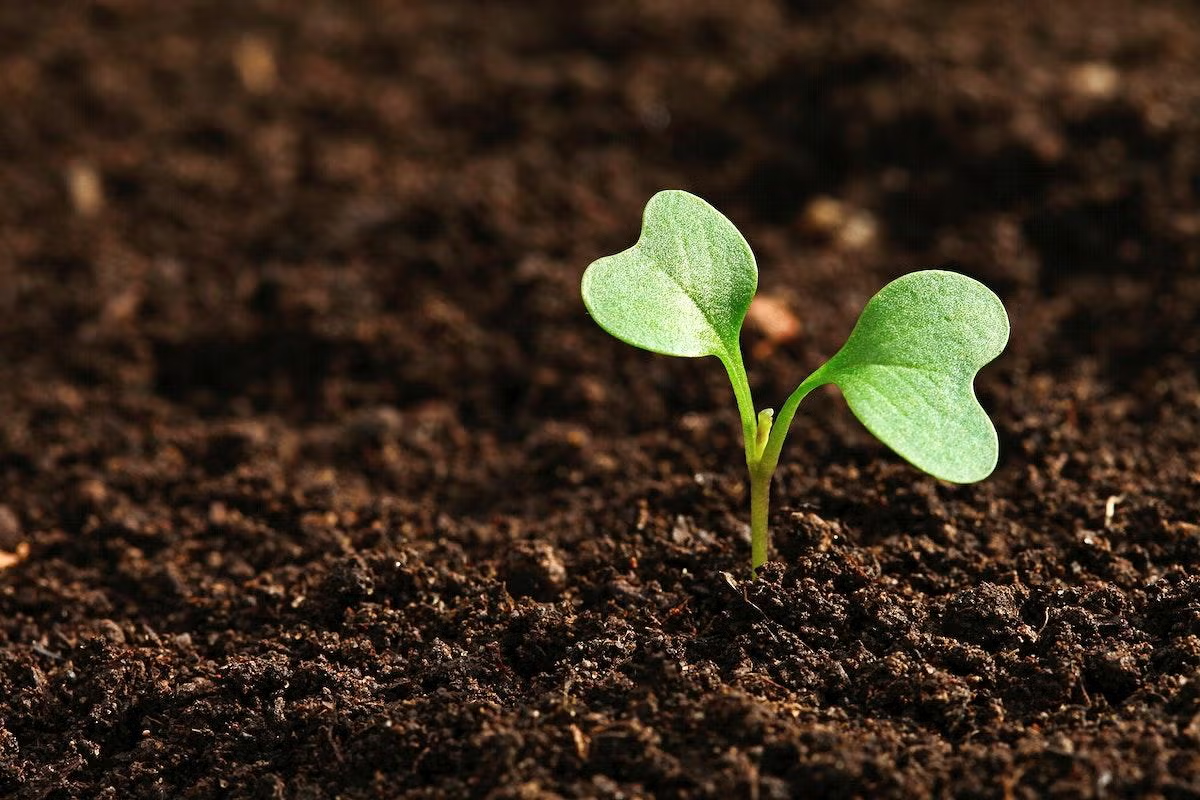
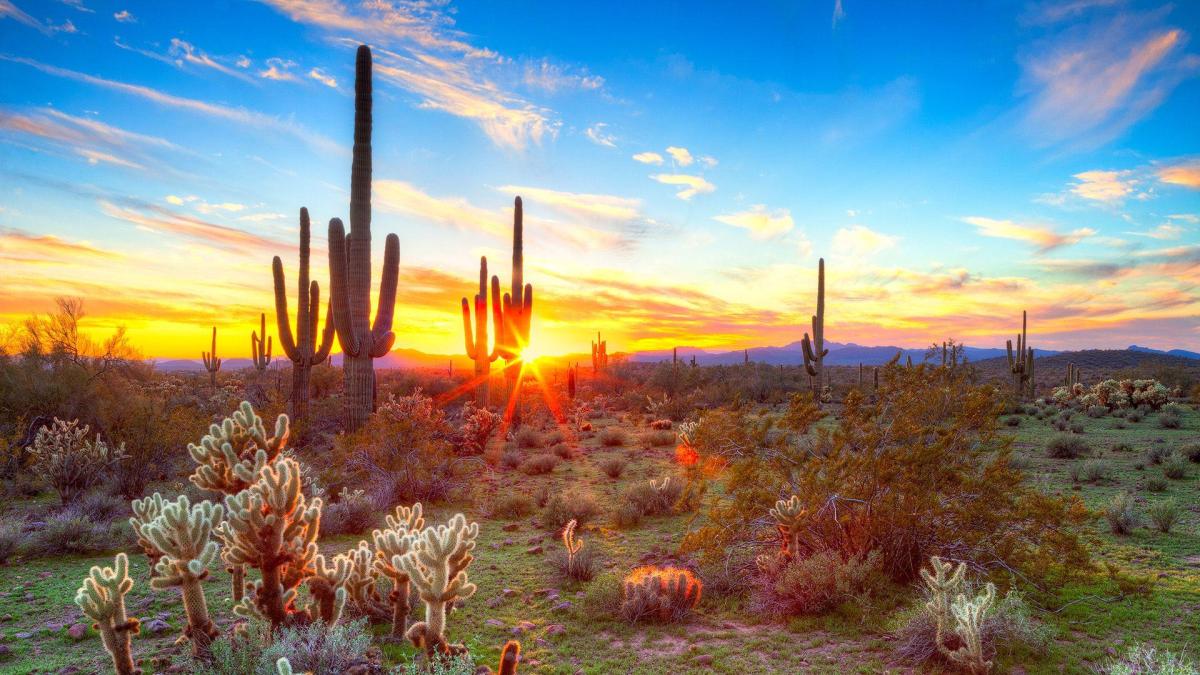
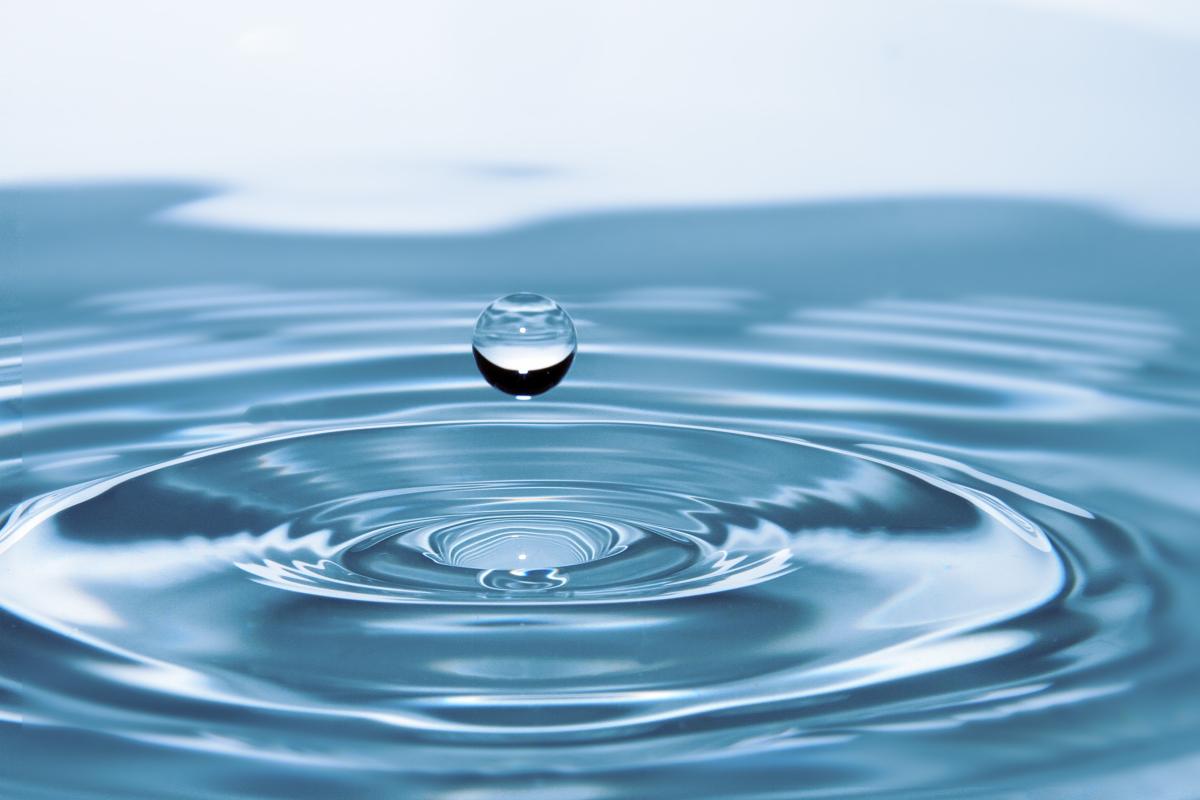
This lesson will allow students to measure the health of the water from sources in their community or everyday life. Students will measure the pH from different sources using test strips and a color

Students will dive into the world of three-dimensional structures, shapes, and basic engineering principles through this hands-on lesson using Magna Tiles.
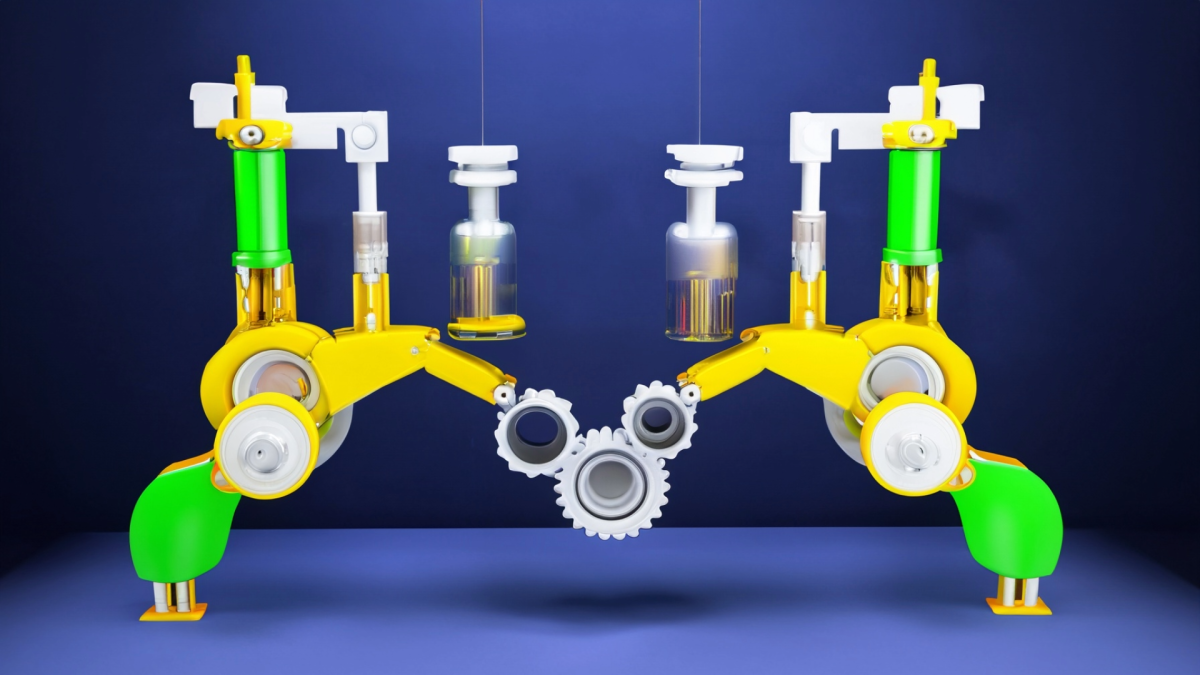
Students will understand the concept of levers as simple machines and will identify and classify everyday objects as levers. Students will apply basic mathematical concepts to measure and compare the

In this lesson students model a fast change to Earth's surface by creating a landslide and a slow change to Earth's surface by simulating coastal erosion.

This lesson is for 2nd-5th grade students. It covers a range of AZ science standards and connects to math, reading, and social studies concepts. It also incorporates STEAM hands on activities to

This lesson is called shape sculpture and the students will fashion a sculpture out of celluclay. Initially the students will create a 2D drawing of a cake design (or cupcake or doughnut depending on

In this lesson, students will learn about Wilson Bentley, the "farmer scientist" who pioneered photomicrography to photograph snowflakes and share them with the world. Students will then design and

The "From Farm to Table" unit will provide 2nd grade students with an understanding of the journey food takes from the farm to their tables. Students will explore the water cycle, plant life cycle

Students create a city and a plan for a route for a Thanksgiving parade with floats coded by robots. The students build the buildings along the parade route using area or addition/subtraction houses

This lesson plan has three main objectives. The first is that students will be able to recreate a map of the canal with 3D structures along the way. The largest structure being Casa Grande, or the

This lesson plan consists of two parts. The beginning of the lesson will introduce students to the 4 parts of the water cycle. During this time, they will be able to identify at which part the water


